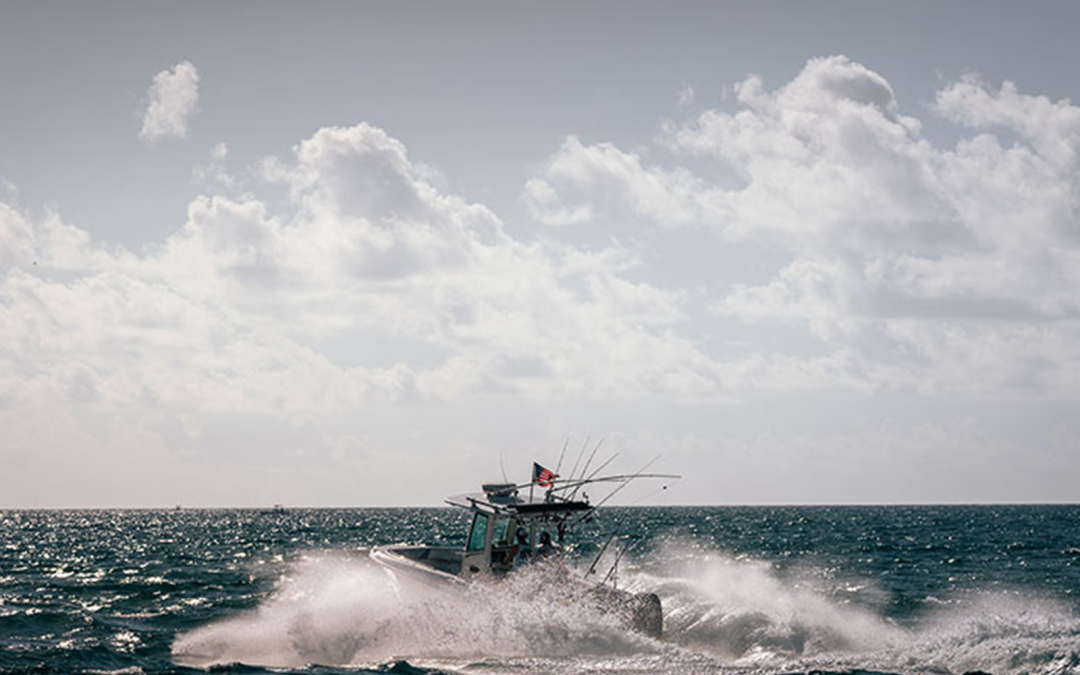As you know, one storm can change everything if you’re not prepared. By planning ahead, you can be ready to weather nearly any upcoming storm.
Hurricane season has officially begun, which inspired us to create this brief Boaters’ Storm Prep Checklist to help you protect your boat before there’s a single blip on the radar.
- Have a Hurricane Prep Plan in Place
Your yacht’s safety is your responsibility. Whether at a boat yard, marina, personal dock, or storage unit, you need a simple yet specific plan that details how you’ll protect your vessel when a storm is just days, or hours, away.
This plan may include removing biminis, dodgers, and sails, or even hauling your boat ashore. Don’t wait until the last minute to protect your property, create your plan now.
- Relocation Location
Avoiding the storm is always the best option. If possible, remove your boat from the storm’s path. To prepare for hurricane season, identify and secure a relocation location that you can bring your boat to when a storm is approaching. Make sure the location is easy to travel to yet far enough away to avoid the eye of the storm.
This location should also take into consideration where you and your family will travel to in order to avoid the storm.
- Have Backup Options Available
If relocating your boat is not possible, have backup options planned. At the very least, have a plan to remove your vessel from the lift and store it in the safest possible area. This may include placing your boat on a boat trailer, in a protected bay, or in dry stack storage.
This plan should also include backup options for you and your family. If your primary destination is not safe to travel to or available, have an emergency option, whether a friend’s house or a hotel that is likely to have availability.
- Protect the Lift
After planning to remove your vessel from the boat lift, make plans to secure the boat lift cradles. This prevents the cradles from causing damage to the lift and surrounding property in a vicious storm.
- Have a Post-Storm Action Plan
After the storm passes, it’s time to document and report damage so repairs can begin. Have a plan that details the process of taking pictures and documenting every bit of damage the storm caused. This plan should also include how your insurance company processes claims and how to file a report.
- Commit to Acting First, Not Last
Preparing for a storm and temporarily relocating your family and boat is stressful, time-consuming, and annoying, but necessary. Make a commitment to act first instead of being last. Acting first gives you additional options when a storm is coming. You’ll miss heavy traffic, give yourself more time to get settled in, and better protect your boat and family.
For more on preparing for upcoming storms, visit the BoatUS Hurricane Center here and read the Hurricane Boat Lifts Storm Preparedness Guide here.

